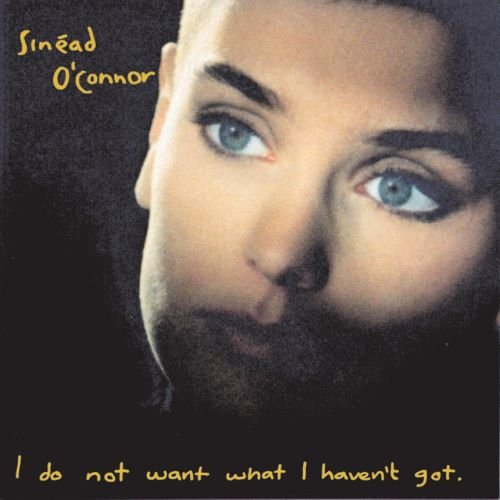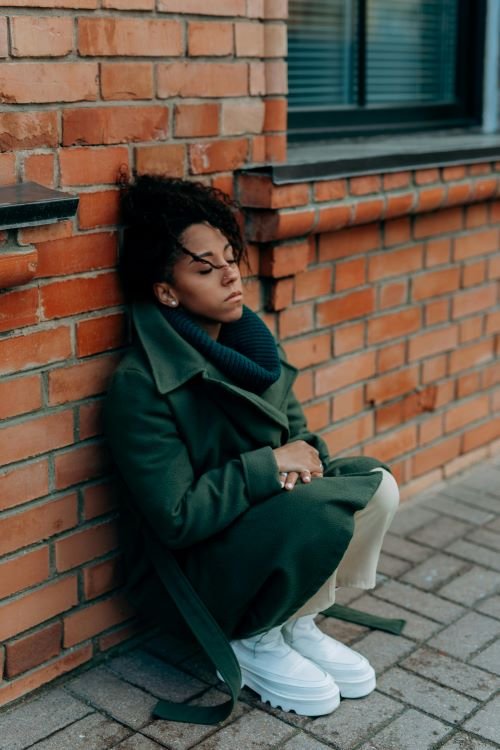I am going to wrap up with NME. With three songs out, it shows how potent and original Luvcat is that she has already got such attention and love from the press. NME featured her on their Radar feature. Reserved for breakout artists that we need to keep an eye out for, it is going to be exciting to see what next year offers for Luvcat. Maybe there will be an album coming at some point. As she says in the interview, her and the band will hopefully be making space for an album next year. At the moment, Luvcat is taking things at her own pace and does not want to give too much away just yet and rush in:
“It’s been a big year for you. Have there been any smaller, more inconsequential moments that felt significant to you?
“Something funny happened a couple of days ago, which might seem silly to some people, but we were rehearsing for this tour coming up, and I’ve only ever been able to afford a two hour rehearsal with the boys. And it was the first time we’ve had six hours in a rehearsal room, and I didn’t have to settle at the door, because obviously they’ve got people looking after that now.
“We used to rehearse in – it’s actually brilliant – but it was an ex-public toilet in Kentish town. I’m not dissing it, but it suddenly felt like, ‘Oh my god, we’re actually progressing, because now we get to rehearse.’ I get the privilege of playing with the boys for longer, which is all I really want to do.”
Do you think walking that line and maintaining some level of mystery is the reason fans are so desperate for a full album?
“There’s always space to uncover more things. I think it’s all in me, I’m just slowly uncovering and bringing out certain things and when the time is right. I get a lot of questions about ‘when are you putting an album out?’, and that obviously is something that I’m dying to do. It’s lovely that people are hungry for it, just got to make sure the art is right, and then we’re working as fast as we can to get it all out and keep feeding it.
“Hopefully by next year, there’ll be a bigger body of work. I’m not in it for anything other than to be able to get on the road and make an album. I want to do something outrageous for the cover – I can’t tell it here, because I’ve not fully decided it in my head, but I want to do something naughty.”
Outside of an album, is there anything else in the distance?
“We’re going to Tokyo in January for a show, and I think we should film while we’re there. We’ve got my best mate, Barnaby, who’s an amazing photographer and videographer with us, and I just want him to film everything. All the fights, all of the highs, lows. Because I think this year, it’s never going to happen again and everything’s new.
“I’d love to be able to look back and have it documented and how it all feels. Even the past month, that much has happened, I can’t remember half of it, there’s been so many cool things. I love those docs about life on the road – Dig! is one of my favourites, so we’ll see what we get”.
If you are new to Luvcat, then make sure you follow her (them). Catch her and the band on the road if they are playing near you. Festivals are sure to be lining up to book her for next year. It is an exciting time for a young artist with many years ahead of her. What we have seen and heard so far is testament to the fact that Luvcat has the talent…





























































